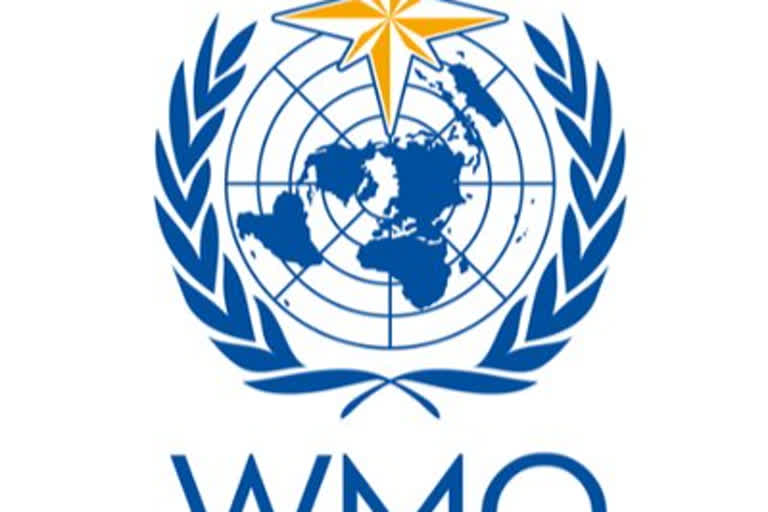New York/Geneva: A bolt of lightning that stretched nearly 769 kilometres across three US states in 2020 or equivalent to the distance between London and the German city of Hamburg has been declared as the longest recorded single flash by the World Meteorological Organisation (WMO). The record lightning struck on April 29, 2020 across Mississippi, Louisiana and Texas in the southern US, with the exact length at 768 km, or 477.2 miles, experts at the UN's intergovernmental agency said on Tuesday. The longest single flash covered a horizontal distance of 768 8 km (477.2 5 miles) across parts of the southern United States on 29 April 2020.
This is equivalent to the distance between New York City and Columbus Ohio in the United States or between London and the German city of Hamburg, the WMO said in a press release. The greatest duration for a single lightning flash of 17.102 0.002 seconds from the flash that developed continuously through a thunderstorm over Uruguay and northern Argentina on 18 June 2020, it said. The new record for the longest detected megaflash distance is 60 kilometres more than the previous record, with a distance of 709 8 km (440.6 5 mi) across parts of southern Brazil on 31 October 2018.
Both the previous and new record used the same maximum great circle distance methodology to measure flash extent. The longest duration megaflash had a previous duration of 16.73 seconds which was derived from a flash that developed continuously over northern Argentina on 4 March 2019, 0.37 seconds shorter than the new record. The findings were published in the Bulletin of the American Meteorological Society, the WMO said.
Read:Heavy rains, lightning kill 13 in Maharashtra; over 560 people rescued
These are extraordinary records from single lightning flash events. Environmental extremes are living measurements of the power of nature, as well as scientific progress in being able to make such assessments. It is likely that even greater extremes still exist, and that we will be able to observe them as lightning detection technology improves, said Professor Randall Cerveny, rapporteur of Weather and Climate Extremes for WMO.
Lightning is a major hazard that claims many lives every year. The findings highlight important public lightning safety concerns for electrified clouds where flashes can travel extremely large distances, said WMO Secretary-General Prof. Petteri Taalas. The new record strikes occurred in hotspots for Mesoscale Convective System (MCS) thunderstorms, whose dynamics permit extraordinary megaflashes to occur namely, the Great Plains in North America, and the La Plata basin in South America.
Noted lightning specialist and committee member Ron Holle noted, these extremely large and long-duration lightning events were not isolated but happened during active thunderstorms. Any time there is thunder heard it is time to reach a lightning-safe place. The only lightning-safe locations are substantial buildings that have wiring and plumbing; not structures such as at a beach or bus stop. The second reliably safe location is inside a fully enclosed metal-topped vehicle; not dune buggies or motorcycles.
